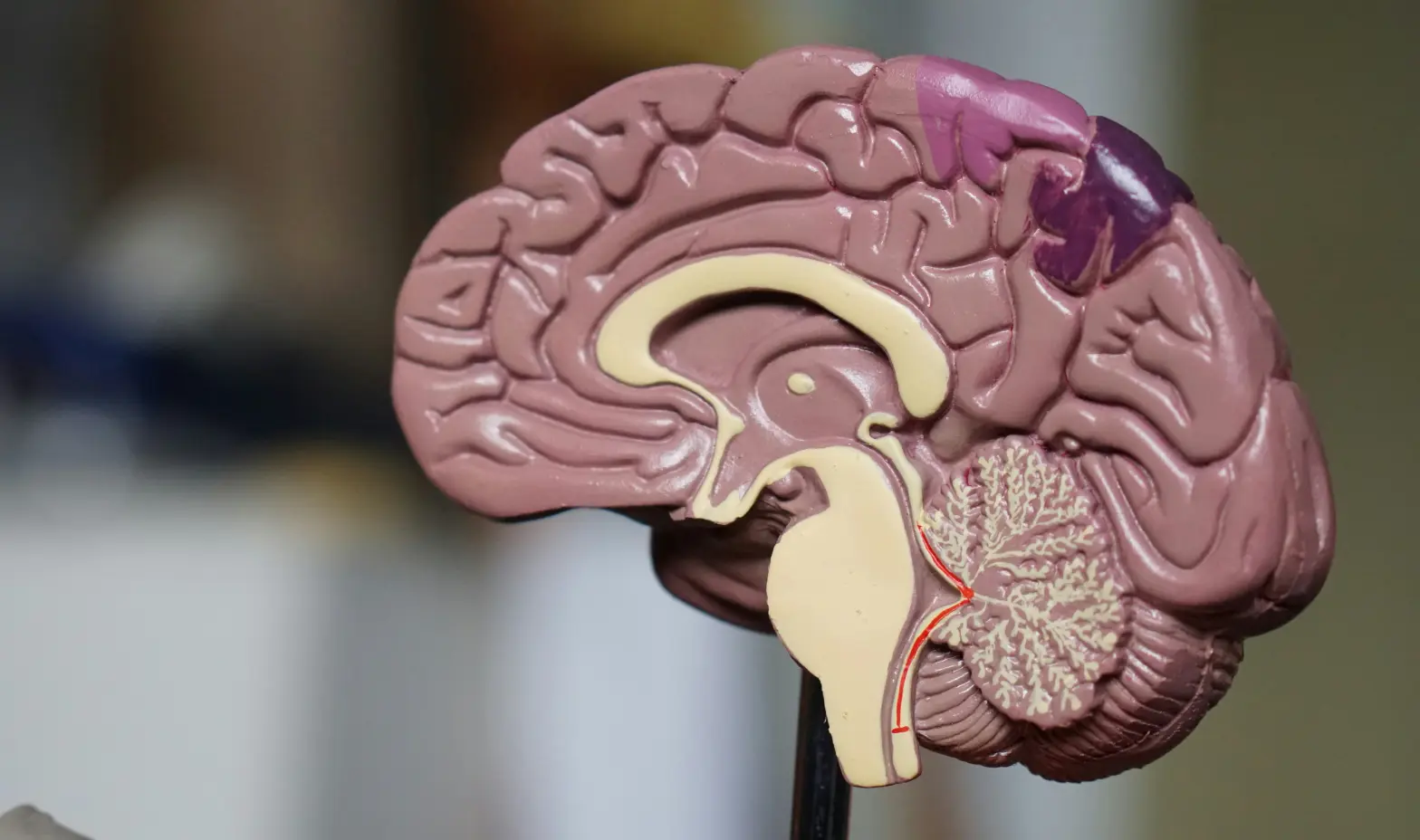In the past, scientists believed that the brain remained unchanged from the moment it formed, much like most other organs. Neuroscience has proven otherwise. It has explored the deepest corners of the brain and uncovered new and exciting facts. So, the capacity of the human brain is quite multifaceted. Let's examine it in more detail.
What are the trunk, cerebellum, and autonomic nervous system?
The brainstem is located at the top of the spine and is responsible for vital functions. The cerebellum, located above and the most active part of the brain of a human, regulates coordination and spatial orientation. It has the most neurons and affects emotions. Its old name is the "reptilian brain" because this part of the brain is also present in reptiles.
The autonomic nervous system is in the midbrain, has existed for over 150 million years, and is called the "mammalian brain." It controls what the subconscious cannot. The midbrain is responsible for the four Fs: fighting, fleeing, feeding, and fornicating (orgasm).

What is the function of the neocortex?
Pay attention to the neocortex, which also forms the structure of the brain. It is responsible for the most complex component—consciousness. The neocortex helps make choices, predict consequences, and achieve full awareness. You also learn, imagine, and reason with this part of the brain.

What is the role of neurons?
More than a hundred thousand neurons, or nerve cells, exist in a small piece of brain tissue. That's how many are found in one cell of tissue. So you can imagine the number throughout the brain — it’s incredible, over a hundred billion.
All neurons resemble a giant web. Upon receiving information, they quickly transmit it to another cell through this web. These electrical nerve signals are like a spark in an ignition, moving and traveling between cells. The speed of this process is too high for the human eye to notice — about 250 miles per hour.
What chemical substances and switches play essential roles in the brain?
Chemistry plays a crucial role in the brain's functioning and evolution. Chemicals called neurotransmitters transmit information throughout the brain alongside electrical signals. Our mood significantly depends on serotonin and dopamine. Numerous chemicals create a neurological complex necessary for perceiving life.
There are also many switches in your autonomic system in the midbrain. The sympathetic nervous system kicks in when you try to flee or fight, triggering adrenaline release. It makes your heart beat faster, your lungs take in more air, and your pupils dilate for better vision of the situation. When there is no danger, the parasympathetic nervous system tries to calm you, releasing neurotransmitters that regulate your pulse, breathing, and blood flow to organs.
How can the brain reshape and adapt?
Neuroplasticity, a term derived from "neuro" (referring to neurons) and "plastic" (indicating change), means the brain's ability to alter its neuron structure and functionality. One compelling example of neuroplasticity is the process called unmasking. This phenomenon involves the brain using secondary pathways when primary ones are unavailable, strengthening these alternative pathways through repeated use.
Essentially, the human brain is far from static; it possesses an incredible ability to reshape and adapt. We only need to provide the right stimuli and maintain constant activity. This understanding has profound implications for rehabilitation, learning, and the potential to overcome cognitive challenges.

How can you change the brain's capabilities?
Dr. Bernstein faced the problem of losing function in his left hand after a stroke at age 54. To improve his condition, he turned to Edward Taub's motor therapy (CI Therapy). At the start of treatment, simple tasks like bringing a spoon to his mouth or buttoning a shirt were challenging for him. However, by the end of the treatment, Dr. Bernstein regained the ability to write with his left hand and joyfully played tennis several times a week.
To achieve this result, he regularly performed simple actions like wiping windows and dusting tables. Numerous experiments with monkeys significantly contributed to this therapy. Dr. Bernstein found that monkeys who had lost spinal reflexes in their limbs, including their hands, continued to use these body parts. How was this possible? The monkeys simply never knew their hands were non-functional.

How do psychotherapy and association techniques improve the human brain?
The brain can change and improve through exercises and various techniques, including visualization. The concept of "brain plasticity" originated in the 19th century, and Sigmund Freud, the founder of psychoanalysis, was one of its early proponents. This concept was illustrated in psychotherapy by a technique known as free associations. It allows patients to freely express their thoughts and associations prompted by a word or cue.

Psychotherapy recognizes that memories can change over time, meaning what didn't bother you before may start troubling you later. For example, someone who suffered harassment as a child may not be upset about it at first. Yet, as they grow older, these memories can become more distressing. Psychotherapy can potentially lead to transformative changes in neural networks and related memories, helping patients develop a healthier perspective on past traumas.
As you can see, brain anatomy and function can be confidently called one of nature's most complex and astonishing creations. In the world, everything can be changed and improved. So, you can reshape your brain through mental exercises and even strengthen it through visualization alone without physical activity. This information can be particularly encouraging for people dealing with personality disorders like obsessive-compulsive disorder. It offers them the possibility of reclaiming a vibrant and fulfilling life. So, everything is in your hands, including human brain functions.
Credentials:










